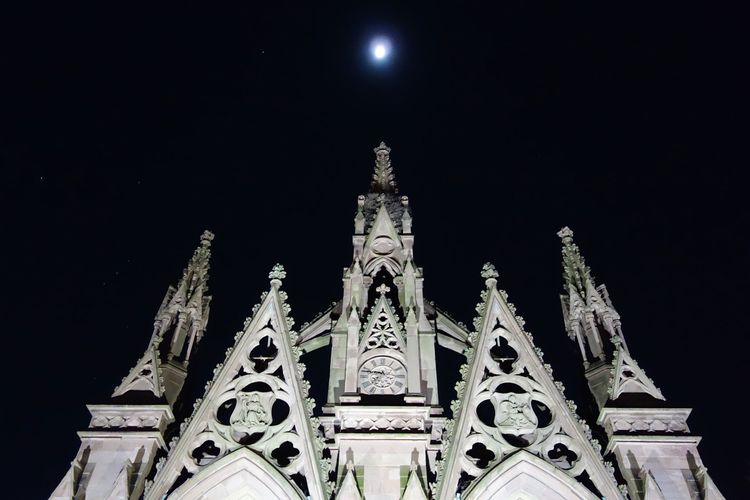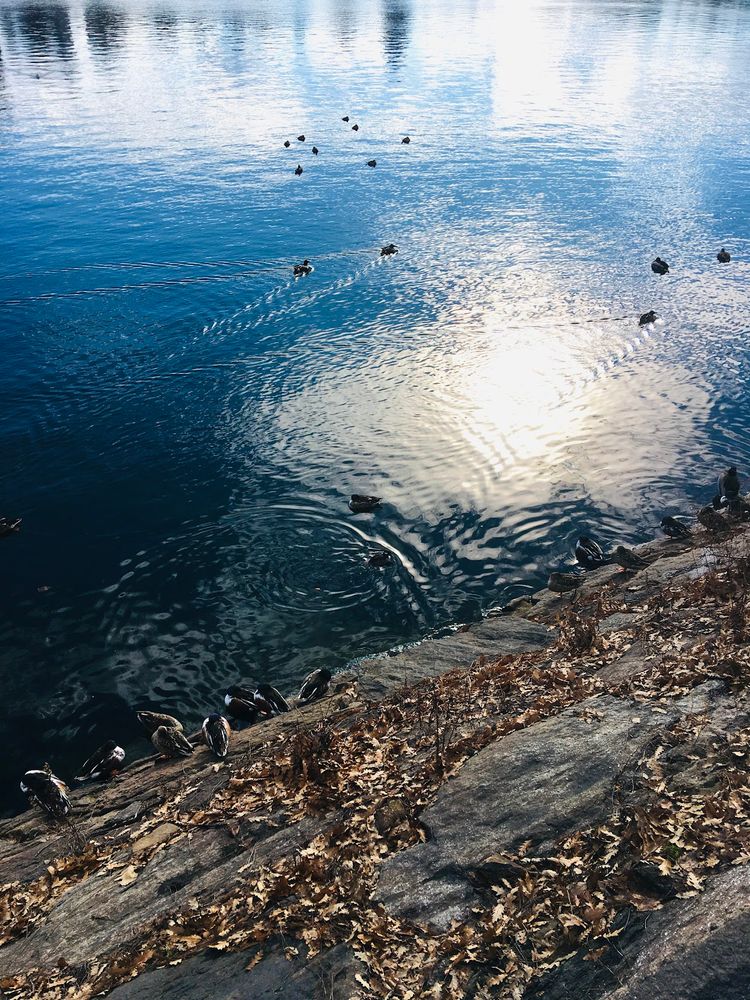The Great Dog of Winter Is a Beacon in the Night Sky

Even in New York where light pollution can shroud the constellations from view, Sirius—the brightest star in our night sky—can still be witnessed. Part of the Canis Major constellation, it is especially visible in winter. It is close for a star—8.6 light-years away—but an unfathomable distance for us to travel through anything other than sight. It is brighter than our sun and twice as big. Its light is reinforced by a second, less visible white dwarf star, known as “the Pup” which is about the size of Earth but incredibly dense. It was once brighter than it appears now, but it has collapsed, as all stars will, including someday our own life-giving sun. The powerful brightness of Sirius (and its closeness to our Northern Hemisphere horizon) gives it an extra twinkling effect, causing it to seemingly change color as its light shines through our atmosphere.
In the coldest months of the year, the stars appear at their brightest. The dry air clears our view to the glimmering array of clustering stars visible in the winter months from the Northern Hemisphere. These include the three glowing points of the Winter Triangle: Betelgeuse blazing on the celestial warrior Orion; Sirius, the gleam adorning the eye of his hunting dog Canis Major; and Procyon, a spark in the smaller Canis Minor.
There is nothing more tempting than to spend all the darkest nights at home, listening to the radiators gently rattle as they fill the rooms with heat or letting a cat cozily curl its body on your lap. The length of the night feels endless, yet in it is opportunity. Take an evening to wear your warmest clothes and go somewhere you can see the sky; by the water or somewhere elevated is best. At first, you may not see much and the blare of the city can be distracting with its skyscrapers and street lamps and headlights. Calm your mind and look up into the sky whose limit is unknown. Find Sirius by following the line of Orion’s Belt down towards the horizon. There it is, blue-white in color and radiantly burning. There you are, letting the cold slip away for a moment and connecting with that beacon of light in the darkness.

- Pay tribute to other great winter dogs: in Central Park is a statue of Balto, one of the sled dogs on the January 1925 serum run to Nome to combat an outbreak of diphtheria. Togo, the dog who led the longest and harshest part of the journey, has a smaller statue in Seward Park.
- In the winter of 1839-40, John W. Draper was busy experimenting with the new daguerreotype process that had been introduced just months before on a roof in Greenwich Village, resulting in one of the earliest photographs of the moon. His son Henry Draper with his wife Mary Anna Palmer continued his astronomical photography legacy, in 1872 becoming the first to photograph the spectrum of a star. From their shared tomb on a hill in Brooklyn's Green-Wood Cemetery is a stunning view to the sky.
- Although New York is now ablaze with light pollution, there are still places to get an up-close view of the stars. Columbia University has the Rutherfurd Observatory—its dome perched on the top of its Physics building—which regularly offers its telescopes to the public for star-gazing. And at the College of Staten Island there's the Astrophysical Observatory where visitors and students alike can see beyond the bright lights of the city to the heavens.




